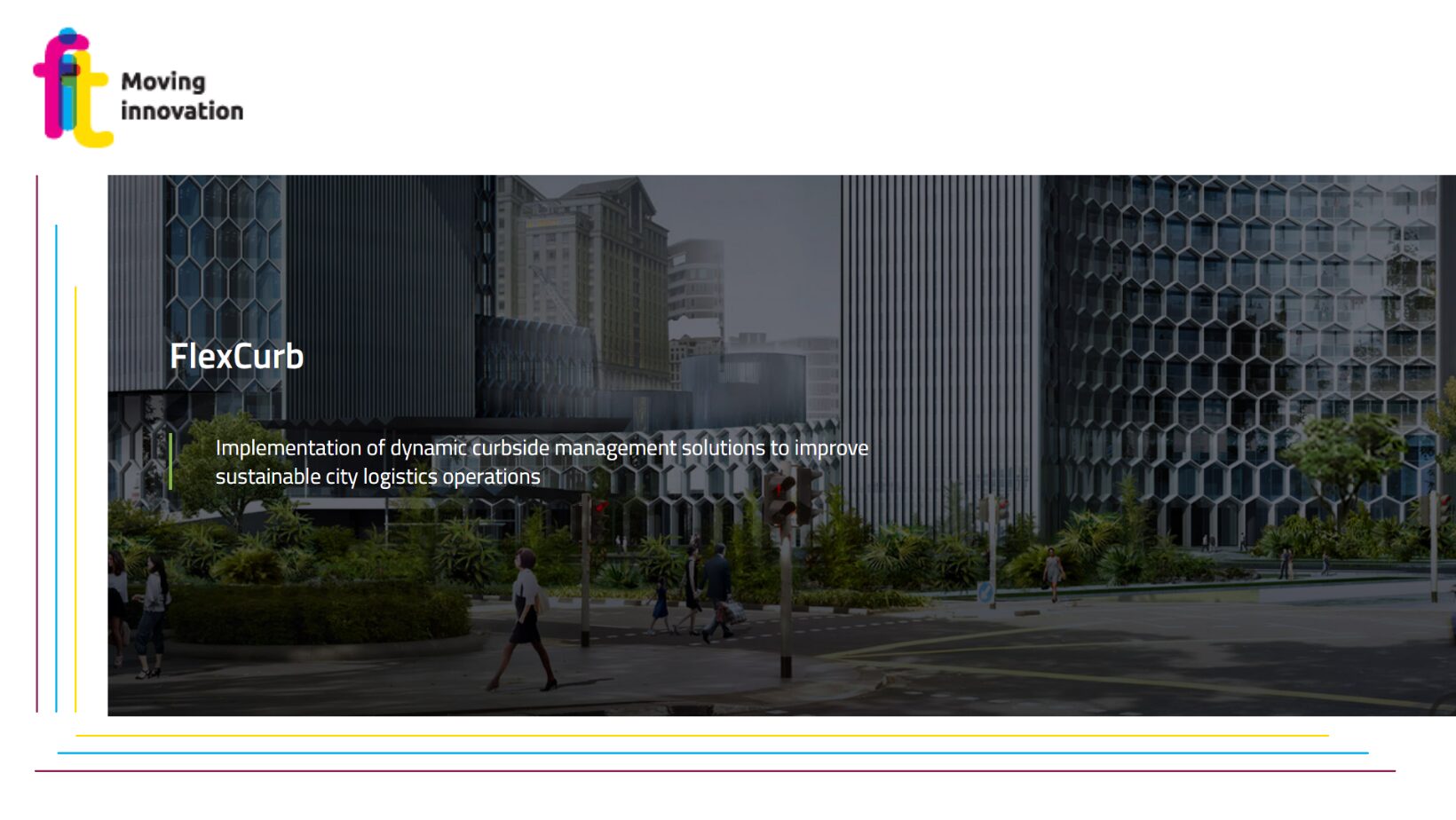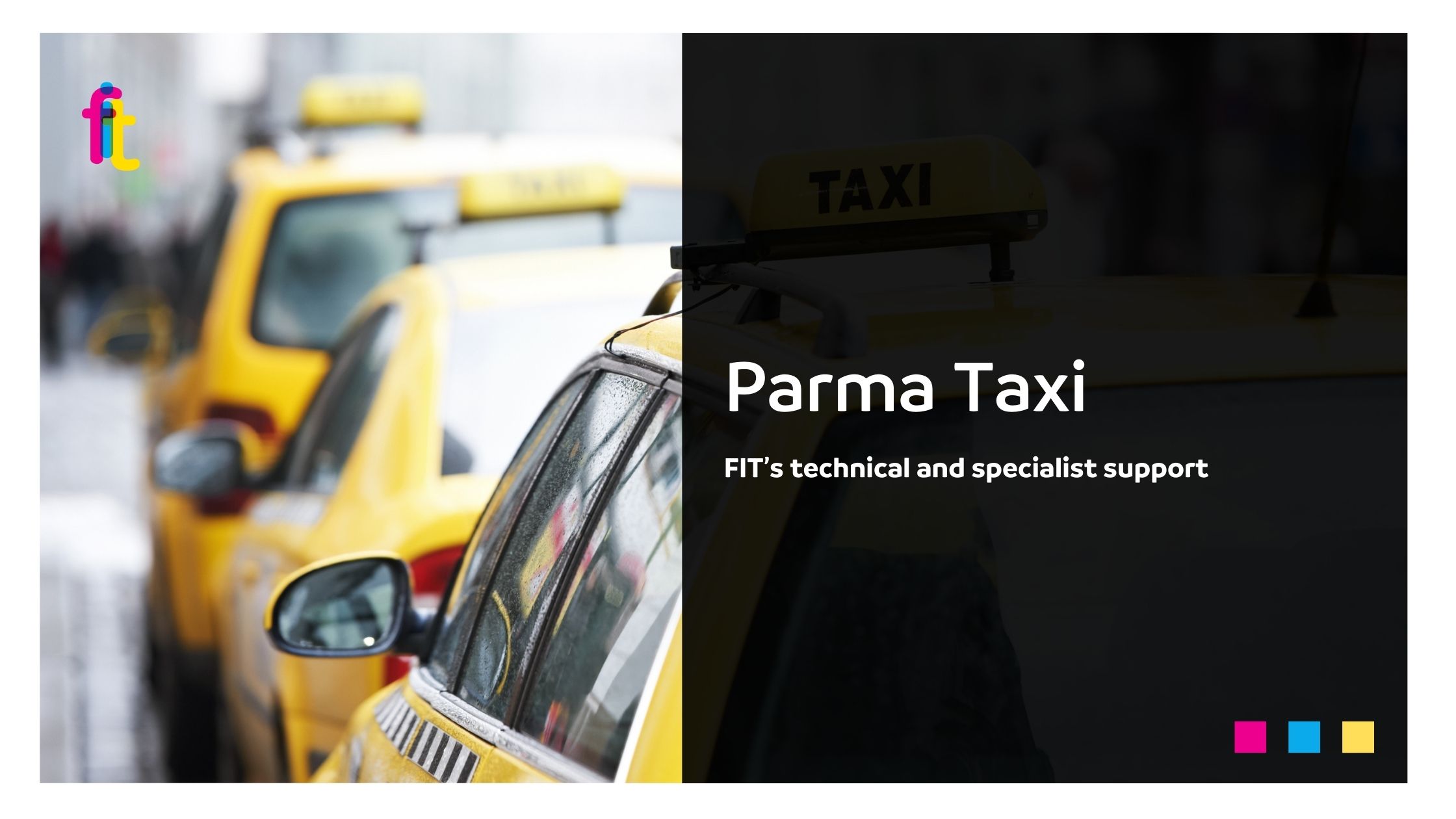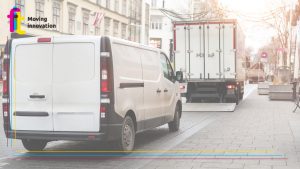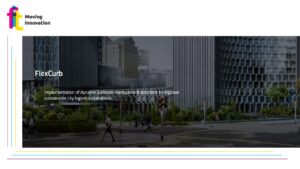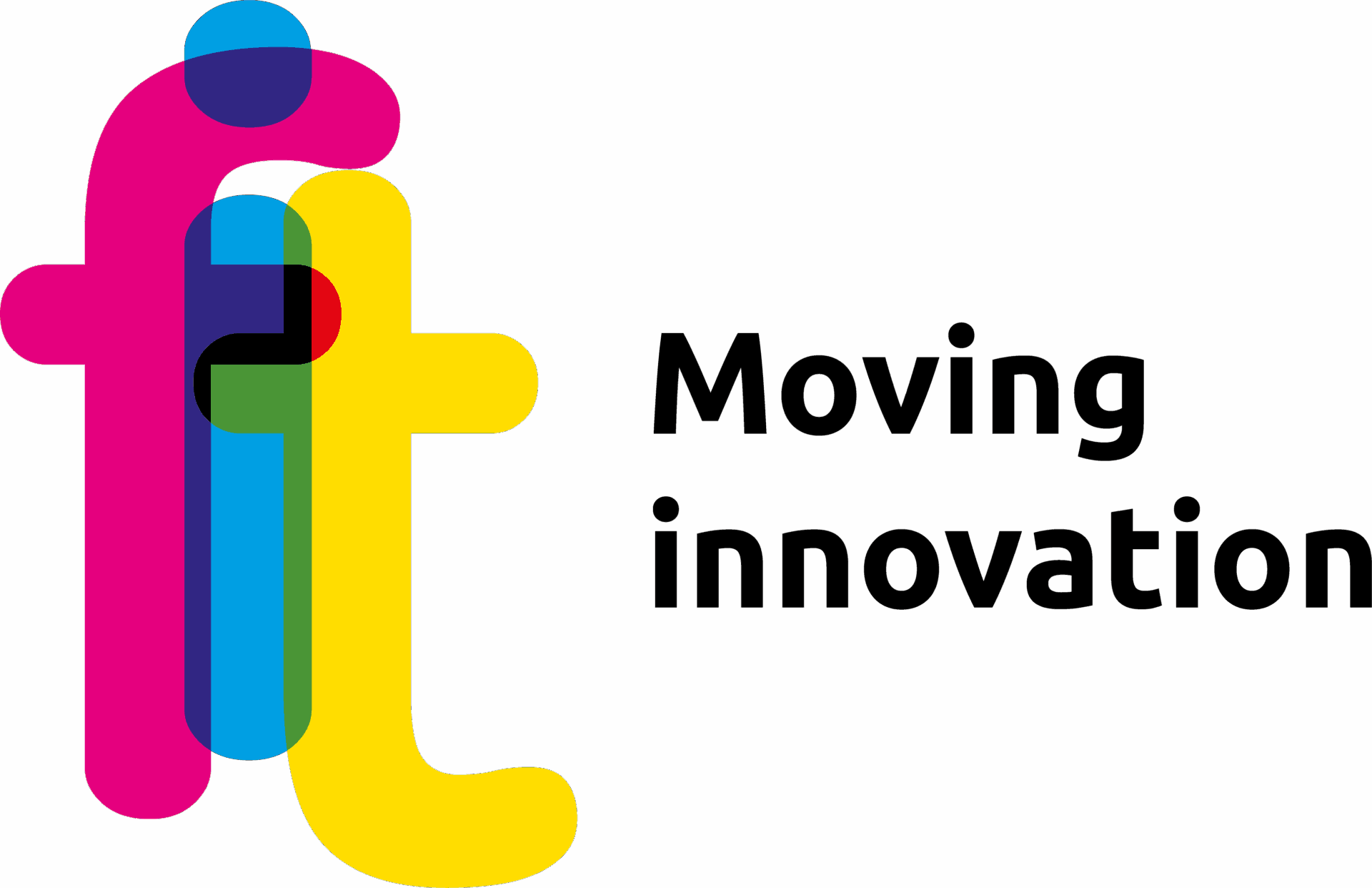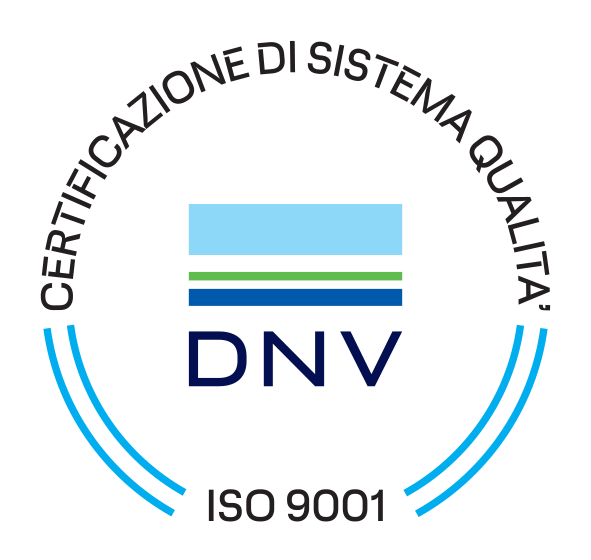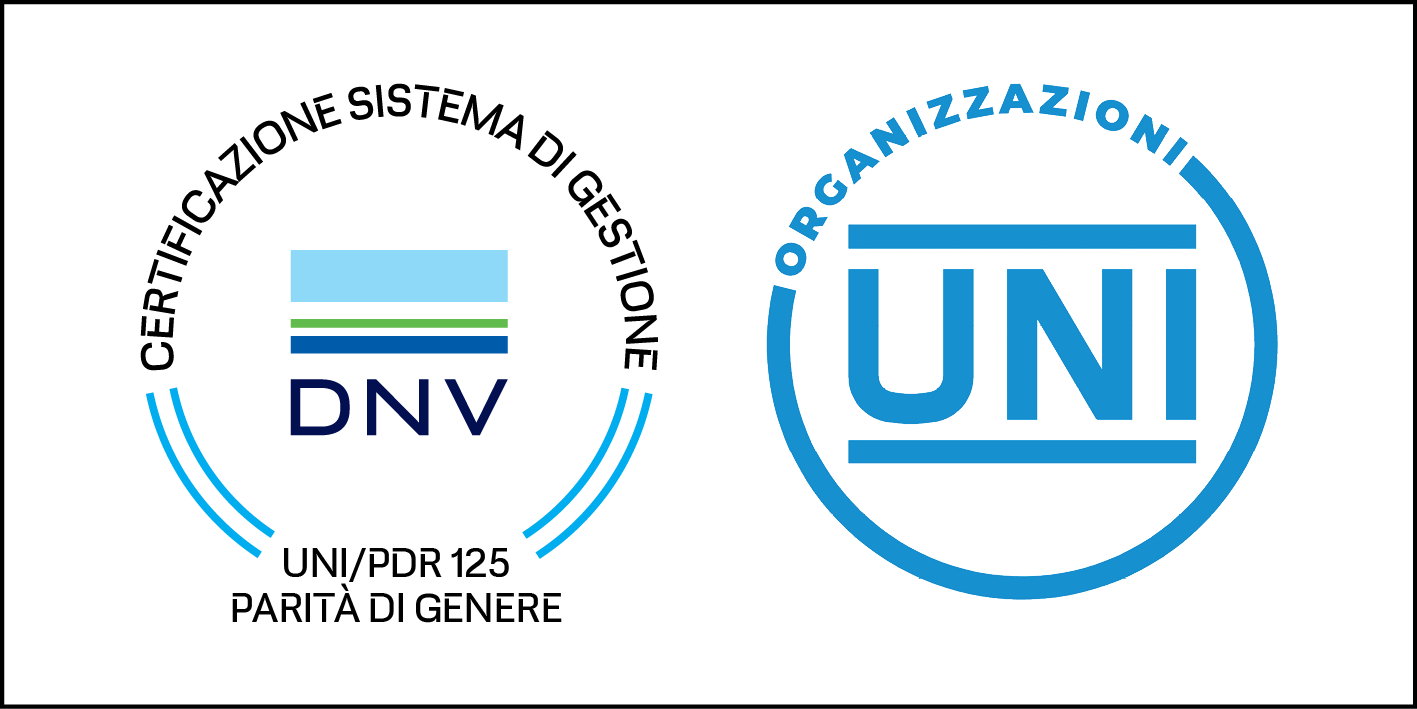FLEXCURB, the project that makes cities more liveable through more efficient use of curbside
How the requirements for cubisde use are changing
The curbside is experiencing a shift in demand. Decades ago, the competition for the curb was limited to car parking, bus stops, and taxi stands. Today, emerging services and transport modalities are becoming more important in people’s daily lives. This can be explained by changes in urban planning and urban policies, in particular the shift towards less car-oriented cities and the promotion of active, shared, and micro-mobilities.
Curb space currently suffers from fragmented and incomplete understanding among local administrations, limiting the potential to apply a holistic curb management. While administrations often have the data available to respond to evolving mobility needs, such data remains untapped, obscured by multiple access layers of technical expertise, unstandardized data formats, and siloed systems. Conversely, modern curb management requires the use of standardized processes to collect, store, and share curb regulations and occupation data, as well as of intuitive interfaces to enable non-technical decision makers of multiple disciplines to infer the state and evolution of the curb.
Logistics service providers in particular have difficulty finding safe and legal loading and unloading spaces in cities. With tight schedules, demanding customers, congestion, heavy cargo and few delivery zones, delivery drivers tend to double park in travel lanes, making it unsafe for them and other road users and contributing to congestion and an increase in emissions.
Why the Flexcurb project
In order to tackle this problem, EIT Urban Mobility invested in FlexCurb, a two parts digital solution to help municipalities better visualize critical curb usage data (FlexCurb Planning Platform) and to help delivery drivers find available loading zones (FlexCurb Driver App).
Four cities (Funchal, PT, Leuven, BE, Strasbourg, FR and Toulouse, FR) were chosen to pilot the FlexCurb platform, evaluating curb regulations, view activity patterns and identify allocation imbalances. The process helped cities identify which data they needed to gather and how to use existing data to answer complex questions around activity patterns, curb use imbalance and underused zones. These cities also began a stakeholder engagement process to better connect with the logistics industry and provide feedback for the Driver App. This included surveys and ride-alongs where city employees sat in delivery vehicles with logistics drivers throughout their shifts, making note of the biggest barriers for efficient and safe loading and unloading in their municipality.
Improving urban logistics to make cities more liveable places
FlexCURB focuses on improving urban logistics to make cities more liveable places, by enabling sectoral collaborations and tailoring tools to improve the way city logistics is currently understood, coordinated, and regulated.
The proposed solution aims to optimise the management of loading/unloading parking zones, including both digital and physical measures, and enabling mobility managers to evidence the distribution patterns of delivery vehicles and take actions for a more sustainable urban planning. This data analysis and evidence is also expected to provoke a behaviour change of the different stakeholders involved in last-mile logistics processes.
To think about how cities should imagine curb use rules for the future, the first step is to have a good level of knowledge about levels and patterns of curb use, the curb usage rules and how different stakeholders interact in that space. Ultimately FlexCurb comes to assist a growing number of cities that are recognizing the value of coding their curbs.
The main focus is on the validation of the solution in “real life” environments, i.e. the pilot cities.
The tools used
1) Dynamic curb planning platform: to digitalise logistics parking rules and planning but also to check real time parking activity to reveal curb use patterns.
- Ready to use curbside inventory for city managers: Quickly answer daily questions about how the curb is allocated and used without the need of mapping or data specialists
- Improve mobility and logistics efficiency through better curb access: Minimize frictions between competing curb uses. Prioritize curb access to incentivize sustainable mobility and logistics
- Digitize and communicate the curb inventory: Communicate with citizens and businesses using an interoperable data format of the curb and clear performance metrics
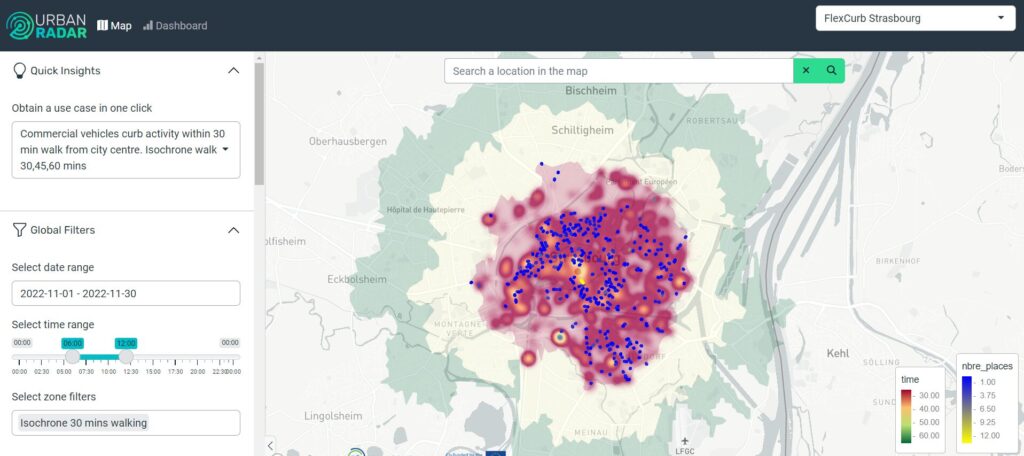
- Locate best loading zones: Assist navigation and access to the closest and most convenient loading zones
- Minimize logistics inefficiencies and curb conflicts: Prevent congestion and freight delays by reducing illegal and double parking events
- Seamless communication and compliance of curb regulations with logisticians: Empower drivers to comply with complex curb and loading zones regulations.
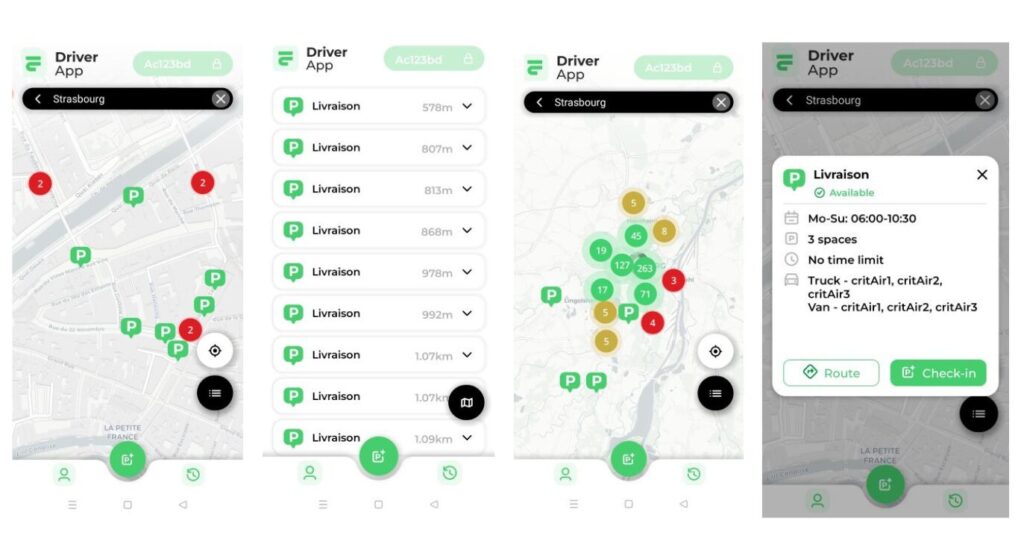
The role of FIT Consulting within the project:
 City engagement and Living Lab set up: characterize the specific context and local needs of the main stakeholders involved in the demonstration of the solution, namely, the city decision-makers who strive for the achieving strategic goals on public space, and logistics; establishing new contacts within the city administration to test the Planning Platform, establishing collaborations with logistics operators with support from city officials, and enrolling test drivers to adopt and test the Driver+ App; engagements with logistics companies.
City engagement and Living Lab set up: characterize the specific context and local needs of the main stakeholders involved in the demonstration of the solution, namely, the city decision-makers who strive for the achieving strategic goals on public space, and logistics; establishing new contacts within the city administration to test the Planning Platform, establishing collaborations with logistics operators with support from city officials, and enrolling test drivers to adopt and test the Driver+ App; engagements with logistics companies.
Contribution to the definition of the product plan: Using the knowledge collected both from the initial Implementation Framework, as well as from the demonstration experience at each of the living labs FIT supported the definition of product value proposition, customer segments, and use cases, necessary to achieve the product scalability. Thus, FIT strongly contributed to the document prepared to guide the commercialization of the FlexCurb product and to define strategy and the work plan for the product launch.
For more information on the Flexcurb project: https://www.eiturbanmobility.eu/projects/flexcurb/
For further information, please contact the author of this article: Paola Astegiano, Senior Project Manager FIT, astegiano@fitconsulting.it

